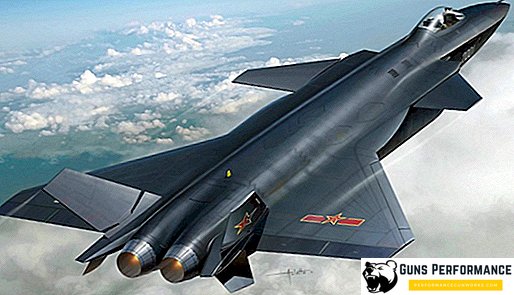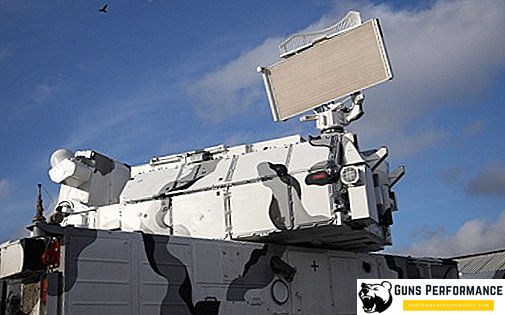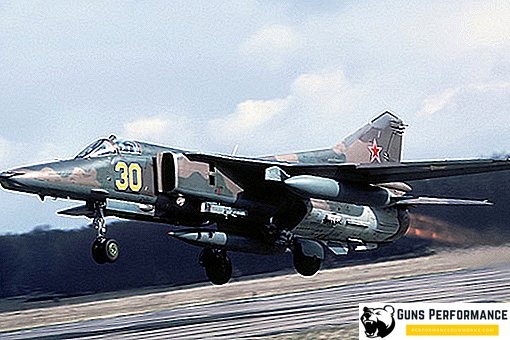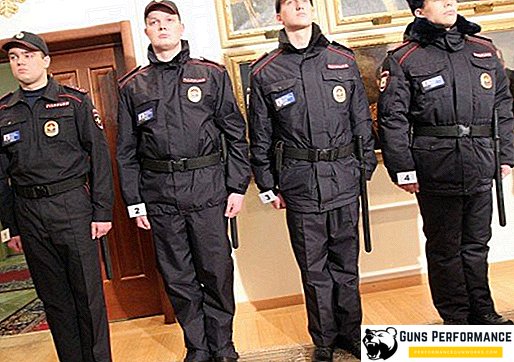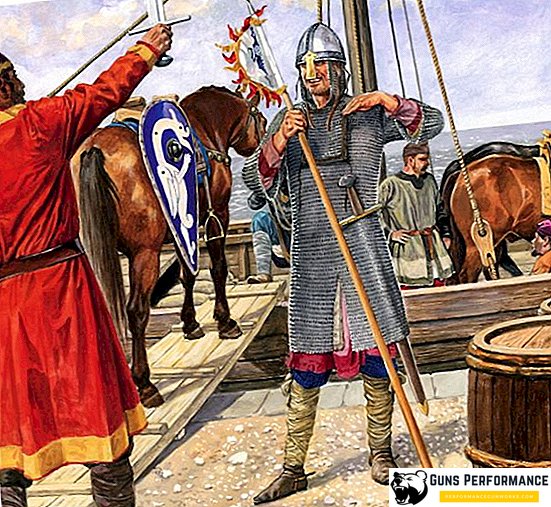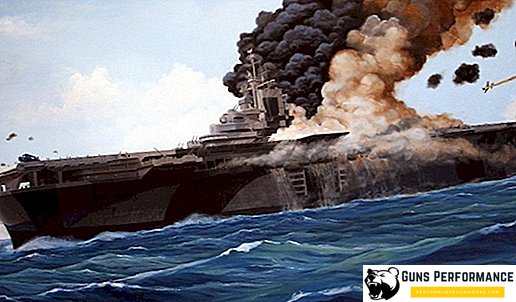Darts is a type of throwing weapon that represents a small and light spear. They are smaller copies for equestrians or infantrymen and are accordingly balanced in order to comfortably throw them. As a military and hunting weapon, darts have been used by many nations since ancient times. Episodic applications of them in the form of weapons were even in the past century.
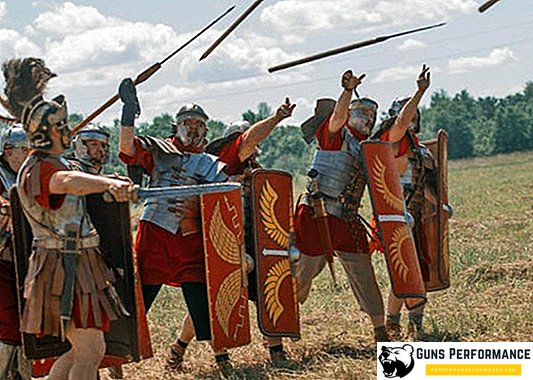
Dart: a bit of history
It is believed that the appearance of darts goes to the hoary antiquity of the early Mesolithic. Then people fastened to spears resembling spears stone and bone tips. Sheet-like flint tips from darts are among the massive archaeological finds of that time.
In the future, they invented a so-called javelin thrower called atlatl. This mechanism improved the throwing of darts. It was in the form of a strip in which an emphasis was placed for the base of the shaft or a belt loop. Darts, which were thrown by hand, could fly no more than twenty of their size, and with the help of lancers, darts darted two times further, but not so accurately. Because of this, spear throwers were used mainly by steppe peoples, because for them the throwing distance was more important.
With the invention of the bow, the darts were subject to competition, however, they were not driven out entirely. The advantage of darts was that they were held with one hand, and the other could be used, for example, to hold a shield. The dart, in contrast to the arrows, was heavier, retained a destructive force along the entire flight trajectory, and in melee it surpassed the arrows of the bow and in accuracy. Many factors that did not depend on archers could influence the exact hit of an arrow on a target. While the darts, it was possible to throw in different ways.

One of the main characteristics that distinguish darts from copies (apart from balancing) is the configuration of tips. For example, hand-to-hand combat weapons were usually manufactured in such a way that their tips did not get stuck in bodies or shields. While the darts stuck in the bodies (poison darts) and shields, and this was their advantage, because the darts are relatively heavy, and using shields with darts stuck in them was quite difficult. Attaching darts in the wounds of people and animals was another plus, so they deliberately made burrs.
But there were other moments. So, throwing darts could require some space to swing. The number of darts was more limited than the arrows for the bow. As a result, onions turned out to be more preferable and drove the use of throwing copies into the background.
In barbarian tribes, throwing darts were only among those who could not make good bows. However, later with the improvement of protective equipment, the darts again became popular due to their best penetration and destructive power and greater accuracy. How to throw darts taught from childhood.

In particular, the Greek, Macedonian and Roman light infantry had to use precisely darts. Often a warrior could make a poisoned dart for battle or hunting. The enemy warriors attacked by such darts were more likely to fail. Darts more easily punched not very strong armor, which most often were linen, leather or even mail. The Romans actively used spear throwers.
Short darts were often used in cavalry. So, the riders with one hand drove the horses, and, importantly, for battle the darts were taken out of the jida faster than the bow and arrows from the quivers.
Varieties of Darts
Throwing functions are essential for darts, while their forms in different nations at different times were also different. Such weapons were familiar to the Zulus in the form of assembly. Most often it was a poison dart for hunting. Chinese biao flying up to 25 m, weighing 100 grams, were 12 cm long. Dzheridy - Asian darts were half meter and a half. The same length was the Greek Drot.
Perhaps one of the most famous varieties of darts are harpoons, the ends, the tips of which are equipped with spikes. For example, there are Indian narcha darts, which have sharp, sharpened tips in a special way. Throwing darts of this type led to the fact that they are firmly stuck in the shields of enemies. Their point was up to one meter, and the pole, which was not easily cut, to one and a half, two meters in length.
German tribes used one and a half meter framey. To the Italian, one and a half meter dart corseck on the sharp tip were attached in a different direction slots. This made the Corsican dart similar to a harpoon. There was also a Russian dart called a sulice. She had a very thin pen.
All of the above types of throwing weapons - darts demonstrate their most diverse modifications. The ancient "engineers" sought to achieve maximum performance in battles using darts. A variety of mechanisms were invented to improve their tactical and technical characteristics, for example, in the form of a rope or an atlatl.
Belts were also used, which allowed darts to be thrown at considerable distances, sometimes up to two hundred meters. On some types of checks were attached, so that you can conveniently tie a rope. With ribbons attached to the ends of the darts, more accurate throwing of the darts was performed. It is not excluded that such plumage for darts also became a basis for modern samples.
Sleeping pneumatics: injection darts
The most elementary, but very popular and quite effective device is the so-called pneumatic dart. For throwing such darts there are "wind throwing devices". Fire darts can shoot "wind pipes" or air pistols or revolvers.
Special syringes are included. The range of action reaches fifteen meters. Simply put, these are enlarged modifications of the tubes known from the school bench, with the help of which almost all the boys spat balls. Sometimes school craftsmen created such a self-made needle dart.
Crossbows for lulling animals
Blowpipes, however, like pneumatic revolvers or pistols, have one common flaw, so to speak. This is sometimes insufficient range of defeat. In the short-barreled weapon, among other things, you can put charges with extremely small amounts of active substances.
With air rifles with a caliber of 4.5 mm, it is possible to act over long distances, but in some situations this may not be enough. For large-caliber pneumatics, as for firearms, you will need a bunch of permits. For special cases, to successfully apply a tranquilizing dart, it can be used precisely crossbow.


